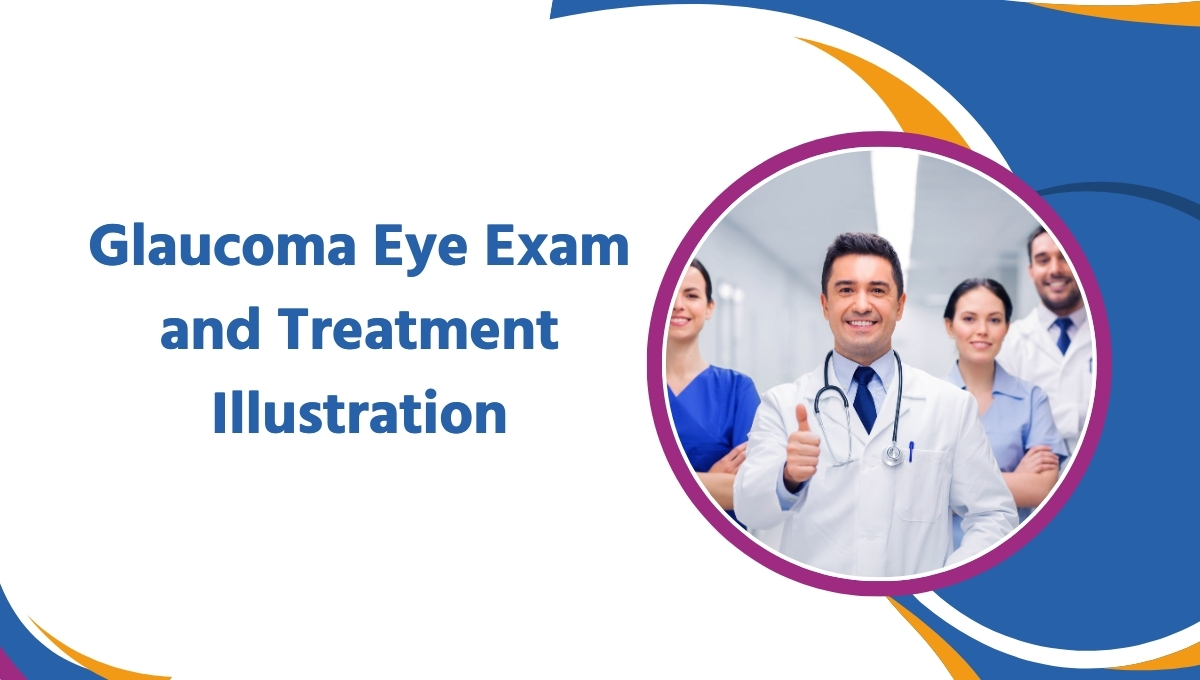
Glaucoma is a leading cause of irreversible blindness worldwide, affecting millions of people. Often called the “silent thief of sight,” it progresses slowly, with many patients unaware until significant vision loss occurs. Early detection and proper treatment of glaucoma are crucial to preventing permanent damage. This guide explores the latest medical, laser, and surgical options to manage glaucoma effectively.
What Is Glaucoma?
Glaucoma is a group of eye conditions that damage the optic nerve, usually due to high intraocular pressure (IOP). The two main types are:
-
Open-angle glaucoma – The most common form, where drainage canals become clogged over time.
-
Angle-closure glaucoma – A medical emergency where fluid drainage is suddenly blocked, causing rapid pressure buildup.
Without treatment, glaucoma leads to peripheral vision loss and, eventually, blindness.
Early Detection and Diagnosis
Regular eye exams are essential since symptoms often appear late. Diagnostic tests include:
-
Tonometry (eye pressure measurement)
-
Optic nerve imaging (OCT or fundus photography)
-
Visual field testing (peripheral vision check)
-
Gonioscopy (angle drainage assessment)
Early intervention can slow or halt progression.
Glaucoma Treatment Options
Treatment aims to lower IOP and prevent optic nerve damage. Options include:
1. Medications (Eye Drops and Pills)
The first line of defense, these help reduce fluid production or improve drainage. Common types:
-
Prostaglandin analogs (e.g., latanoprost) – Increase fluid outflow.
-
Beta-blockers (e.g., timolol) – Decrease fluid production.
-
Alpha agonists & CAIs – Dual-action drops.
Side effects may include redness, stinging, or systemic effects like fatigue.
2. Laser Therapy
Minimally invasive procedures to improve fluid drainage:
-
Selective Laser Trabeculoplasty (SLT) – Enhances drainage in open-angle glaucoma.
-
Laser Peripheral Iridotomy (LPI) – Used for angle-closure glaucoma to create a tiny hole in the iris.
Laser treatments are quick, with minimal recovery time.
3. Surgery for Glaucoma
When medications and lasers fail, surgical options include:
-
Trabeculectomy – Creates a new drainage channel.
-
Glaucoma Drainage Implants (e.g., Ahmed valve) – Small tubes to divert fluid.
-
Minimally Invasive Glaucoma Surgery (MIGS) – Less risky, faster recovery (e.g., iStent, Hydrus).
Surgery is highly effective but carries risks like infection or cataracts.
Emerging Treatments and Research
Innovations in glaucoma treatment include:
-
Gene therapy – Targeting genetic causes of glaucoma.
-
Neuroprotection – Drugs to protect optic nerve cells.
-
Sustained-release implants – Reducing reliance on daily eye drops.
Clinical trials continue to explore better solutions.
Lifestyle and Home Care Tips
While medical treatment is essential, lifestyle changes can help:
✔ Exercise moderately (avoid extreme head-down positions).
✔ Eat a nutrient-rich diet (leafy greens, omega-3s).
✔ Avoid smoking and excessive caffeine.
✔ Manage stress (high stress may elevate IOP).
When to See a Doctor
Seek immediate care if you experience:
-
Sudden eye pain or redness
-
Blurred vision with nausea
-
Halos around lights
Routine check-ups are vital for those at risk (over 40, family history, diabetes).
Conclusion
Glaucoma is a serious but manageable condition. With early detection, medications, laser therapy, or surgery for glaucoma, vision loss can often be prevented. Stay proactive with regular eye exams and follow your ophthalmologist’s recommendations to protect your sight.